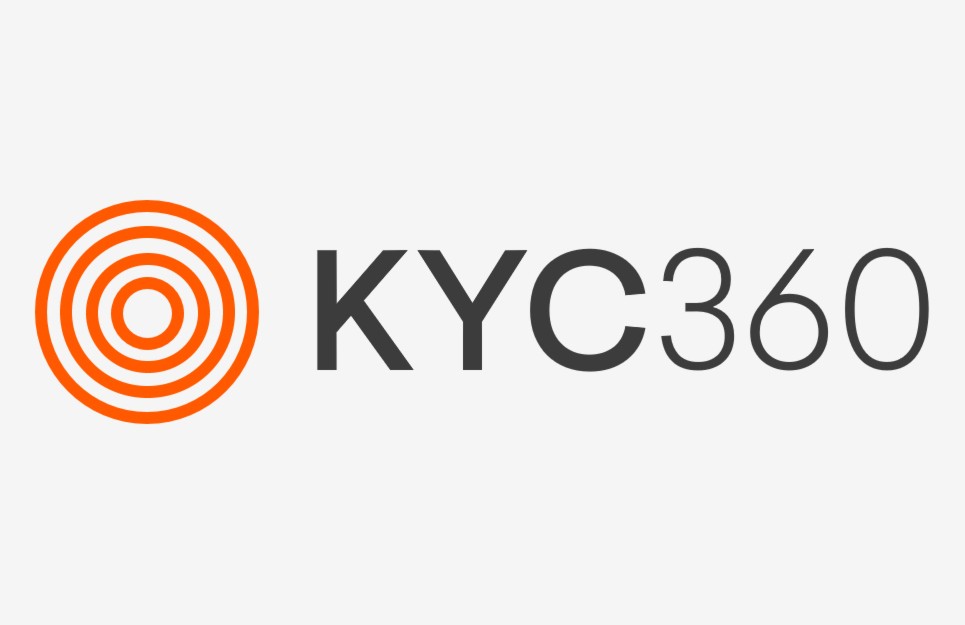7 Creative Ways To Incorporate Storytelling In Compliance Online Training
Article by Learningpool
Anecdotes, tall tales, and interactive examples help employees connect with the content and tie it into real-world uses. In this article, I’ll showcase 7 creative ways to enhance the effectiveness of your compliance online training course by incorporating storytelling elements.
A little imagination goes a long way in online training. Something as mundane as a story gives employees the power to put the information into context and form an emotional connection. It even makes bland or boring compliance topics fun and engaging, as far-fetched as that may sound. But how do you integrate stories into your online training course without distracting corporate learners from the main takeaways? Here are 7 unconventional ways to incorporate storytelling in compliance online training.
1. Story-based online training simulations
Text-based stories have the power to create an emotional connection. But online training simulations take it to the next level. Create a storyline that employees can experience firsthand. For example, meeting with a client who makes an offer that violates COI compliance. Corporate learners must decide how they’ll handle the situation based on the circumstances. It’s best to start with an eLearning storyboard that maps out each scene, then fill it in with characters, dialogue, and settings. A detailed script is also essential, as it allows you to pace the online training simulation and fully develop the plot.

Personal anecdotes help employees connect to the compliance topic and assign meaning. They know that others have encountered similar challenges or situations and achieved a favourable outcome, which means that they can do the same. In fact, the story gives them the tips and insights they need to use the information in their own lives. Just make sure that you don’t divulge too many details, as you don’t want employees to feel uncomfortable. That’s where the “professional” part of the equation comes into play. Lastly, keep anecdotes brief to improve knowledge retention and cater to short attention spans. This also helps prevent rambling tales that go off on tangents.
3. Case study-inspired scenarios
Let’s be honest, case studies aren’t usually the most exciting tool in online training. They put the information into a real-world context. However, case studies are more of a passive activity that doesn’t require a high level of interactivity. A branching scenario that’s framed by a case study is another matter altogether. Start with a case study or real-world example that features enough raw material to create a branching scenario. For instance, it must have compelling characters or challenges that provide a solid storytelling foundation. Then, use a rapid eLearning authoring tool to develop your branching scenario.

Serious games and stories go hand-in-hand. After all, the best games are those that feature a rich plot and memorable characters. Create a compliance story that focuses on the consequences of violating protocols or regulations. Then, let employees navigate their way through each challenge in the form of a serious game. Complete with levels, realistic environments, and intangible rewards. Once again, there are numerous rapid eLearning authoring tools for developing serious games. They feature eLearning templates and interactive elements that you can use to design games with no prior experience.
5. Tall tales with practical roots
There’s always room for a bit of fantasy in online training. Even if you’re dealing with dry compliance topics that are rooted in fact rather than fiction. The key is to develop a tall tale that has practical roots. For example, the story involves mythical lands and far-fetched characters. However, the foundation of the story is a compliance issue or challenge that employees face on a regular basis. It’s just explored from a different angle and context. One of the most notable advantages of using tall tales is that they spark creativity and lateral thinking. Employees see things with fresh eyes but are still able to link the story’s elements to real-world applications.

This is a fill in the blank online training activity that gets employees thinking about how they would react in similar situations. It’s also a highly effective eLearning assessment tool. It all starts with a compliance-related story that introduces corporate learners to an obstacle they must overcome. Such as co-worker who violates the company dress code or harasses another individual. The learner must then determine what they would do in the protagonist’s shoes with the information that is available. After they make their choice, the scenario continues and the employee is able to view the best possible outcome. This is followed by recommendations based on the results. For instance, a link to the dress code module to refresh their memory.
7. Learner-generated compliance examples
Invite employees to create their own compliance examples based on personal experiences. They probably have an entire collection of material to draw from, especially those who have been on-the-job for years. The caveat is that each example must have a brief introduction to set the scene, a conflict or challenge, then resolution. You can even encourage them to turn their text-based story into a video, interactive presentation, or online training simulation. They can post these examples onto the course forum, social media group, or microlearning online training library. Co-workers benefit from their experience, and creators get the chance to receive valuable peer-based feedback. In addition, telling their stories offers them the opportunity to reflect on past events and evaluate their performance in hindsight. They must view every aspect of the situation to identify areas for improvement and determine if they’d do things differently now. Storytelling is, by no means, a new training technique. For centuries, people have used stories to pass on information and make it more memorable. However, you can use these techniques to take a non-traditional storytelling approach in online training and inspire your corporate learners. In addition to transforming boring compliance topics into entertaining tales that employees won’t soon forget.
Another tried and tested technique is using examples to facilitate practical application. Read the article 7 Tips For Using Real-World Examples In eLearning to discover tips you can use to write effective real world examples for eLearning.






